It is my long-held belief that clothing should do more than just present a pleasing appearance; it should also proclaim a narrative of our identity, one which speaks to the sort of world we long to create. Growing up in Newcastle, where industry and community are inextricably fused, I learned the story of the place that fashioned me. It is a place where resourcefulness is sprung from necessity; it is the home of a community that respects what it has.
Yet, while I carry those values in my back pocket, I walk their narrative into a new realm of sustainable fashion where every garment I encounter is a story worth telling. An cold autumn afternoon in Camden finding a pop-up shop. Promises made.
Not just the newest trends. This was an alternative. Buzzing energy, clothing curated.
From ethical British brands. Upcycled treasures. That space in Camden.
First encounter. A Finisterre jacket. Hold in my hands.
(It’s what I do—all in the name of fashion research.) Yet what I felt then, what I feel now. A beautiful piece of clothing, Yes. But also.
A partnership. Fashion that is not just stylish involves:
1. Social responsibility.
2. Environmental stewardship. 3.
Look book-worthy outfits. Full stop. To me, sustainability is not sacrificing style; it is rethinking the approach to fashion.
Each shopping trip became an opportunity to invest in significant items made with care for both the environment and the people behind them. I remember researching before each purchase, studying the history of a garment, the practices of its maker, and the story behind its creation. Whether it was a classic trench coat from Burberry, reimagined through a sustainable lens, or a pair of boots from Dr.
Martens that were both ethically sourced and rebellious, every item found its way into my wardrobe because it resonated with the kind of responsible style that I want to embody. My path wasn’t without its bumps and scrapes. I remember the early days when it felt like ethical fashion was a niche sector, a kind of movement reserved for the few who could afford to put sustainability above convenience.
And there were plenty of moments when I felt just a bit lost, like that Saturday I spent in vintage shops in Shoreditch trying to find anything resembling the sustainable, stylish, one-of-a-kind configuration that would make me feel at peace as I went about my day. Each setback propelled me further along the path of trying to make sense of this world in which I find myself now. And with every setback I found myself more and more determined to see real change in the industry, an industry that seems to have little sense or conscience in the world that it’s making.
One of the most rewarding things about this journey has been the discovery that sustainable fashion knows no borders and has as many expressions as there are places to model. I learned in Newcastle the beauty of repurposing and the appeal of grit with vintage style. But traveling and meeting like-minded people have shown me that the responsible fashion choice has universal reach.
Be it cities, the countryside, or small hamlets, the responsible fashion choice is made. I’ve met with extraordinarily gifted designers who, with one foot in the past and one in today, are crafting traditional styles that have leather, fur, and anything but a sustainable appearance; equally, I’ve met with gifted designers who are crafting looks with a virtually nonexistent carbon footprint. Knowing that I can have a direct impact on the fashion industry is empowering.
I remember attending a panel discussion at a sustainable fashion summit in Manchester. It was pure inspiration and dialogue with industry leaders. We need a sustainable fashion industry, and we need it now, with all hands on deck.
It can feel, at times, like trying to turn an oil tanker, but my boat, your boat, and our collective boat can serve as acts of resistance against the fossil fuels of fashion. That summit was wholly energizing, as was the discussion with the panelists. I even went up to one afterward to get a hug, I was so exhilarated—and am still so exhilarated.
Over the years, I have understood that creating an ethical wardrobe is not about reaching perfection; it is about making progress. Every item I add to my collection comes with a backstory, whether it’s a local hand-stitched dress from a Bristol boutique or a reworked denim jacket I salvaged from a Newcastle charity shop. I take pride in wearing such distinctive pieces; they form an eclectic and, yes, pretty much an environmentally conscious wardrobe.
When you dress like I do, with such individualistic pieces, the next-to-no thrills of haute couture become a laughable, seductive memory. The even rarer thrill of discovering the next perfect item—be it a vintage find or locally made piece—sustains my wardrobe and my appearance as surprisingly sustainable. The community around ethical fashion is something I’ve come to appreciate as well.
Social media have turned into the most dynamic and energetic spaces for us to exchange not just ideas but also our collective identity. With whom could I enjoy such a refined conversation about the found-object aesthetic, or the best way to reinforce seams in transforming an old, oversize T-shirt into a new workout top? Who better to discuss the merits of a local tailor, the importance of secondhand shopping, or the simple, unfashionable truth that a capsule wardrobe is far more sustainable (if not always chic) than “fashion” as we’ve come to know it?
One experience that stands out was when I worked with a group of sustainable designers and photographers on a rendered collaborative project. We went to the countryside and spent a weekend there, capturing a series of images that together constituted a visual argument for the essence of ethical fashion. These were not simply photographs of clothes or models but were carefully staged scenes that told a story.
I felt an intense connection to that story, and the project became for me the narrative pinnacle of what sustainable fashion could mean. I left it with an even deeper commitment to sustainable design, not just for myself but as a movement that I could help catalyze. I reflect on my journey and see the change toward sustainable fashion as more than just a trend; it’s an evolutionary step in how we, as a global society, look at the assemblage of all the environmental problems we face and what we can do about them.
Every choice we make, no matter how small, adds up to something much larger. And when we’re talking about clothing, the style of it, the way it makes people look or feel, should not be a direction that’s devoid of thought and consideration for the planet. Yet so often it is.
And what’s more, when you embody the kinds of changes we’re talking about here, you’re paying homage to a truly “stylish” past, the fashion revolution that inscribed a kind of “modernism” into the history of clothing. There is a deep satisfaction in knowing that by constructing a stylish and ethical wardrobe, I’m not only expressing my personal sense of style but also supporting a kind of movement that eschews the fast fashion ethos of buy, wear, throw away, buy again and that, instead, values quality over quantity. I encourage you, dear readers, to consider the stories behind the clothes you wear.
Think about the next investment you’re going to make and whether it will benefit your sense of artistry or whether it will serve the world of fashion as a whole. Art is personal. Fashion is personal.
And both should reflect the best of us. I am still moving through the fashion world that is always changing and committed to sharing its landscape with the authenticity and passion of a tour guide in a lot of twists and turns. Ahead of me lies a pathway whirlwind full of neat ideas that fashion more sustainably.
With every sustainable choice I make, I am driven to a powerful vehicle that can change the part of the fashion-as-usual conversation into something usefully different. That part, quite simply, when it comes to matters of style, is the fashion part of the fashion equation.








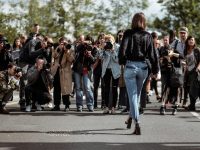


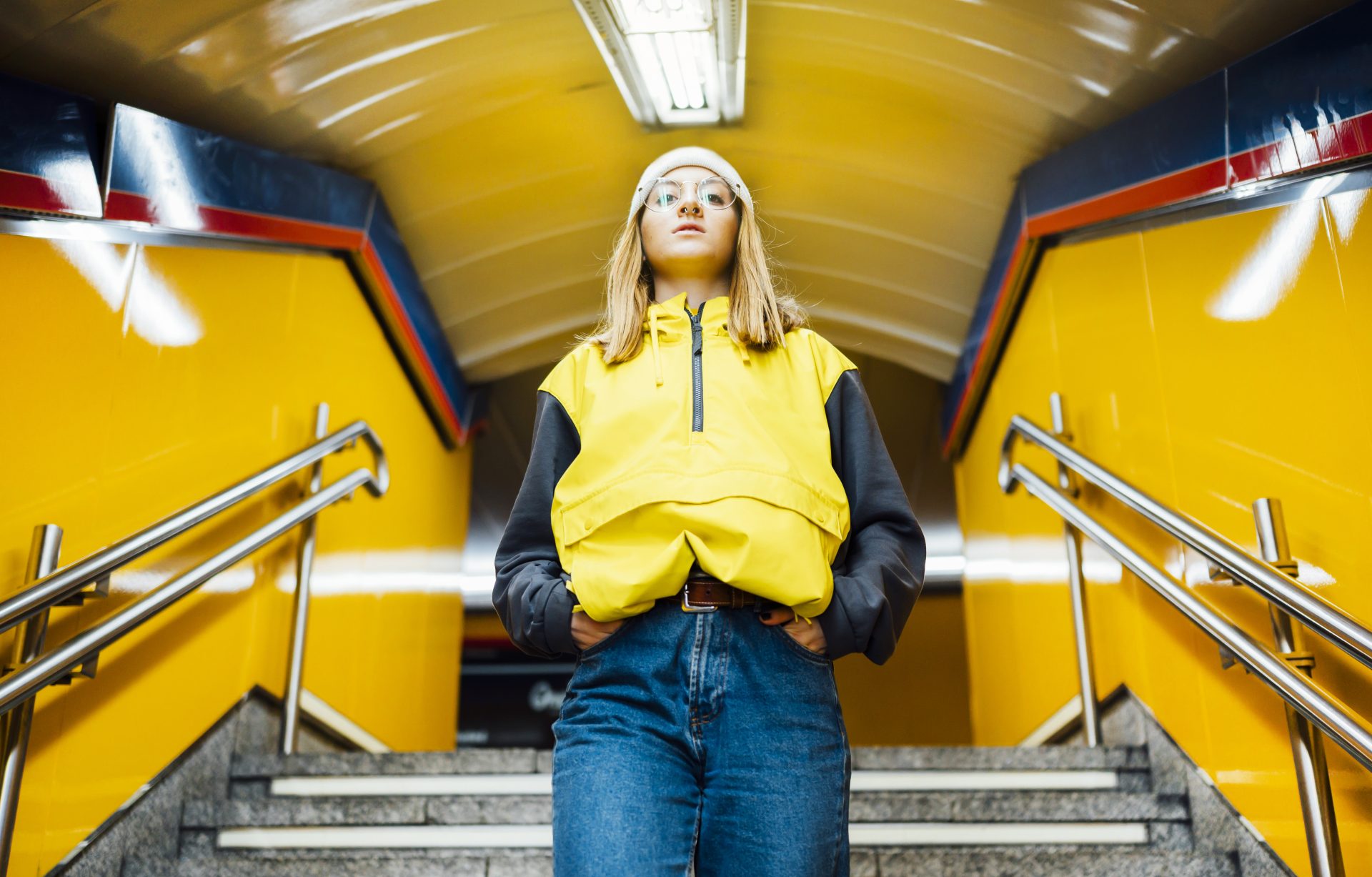
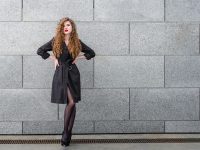
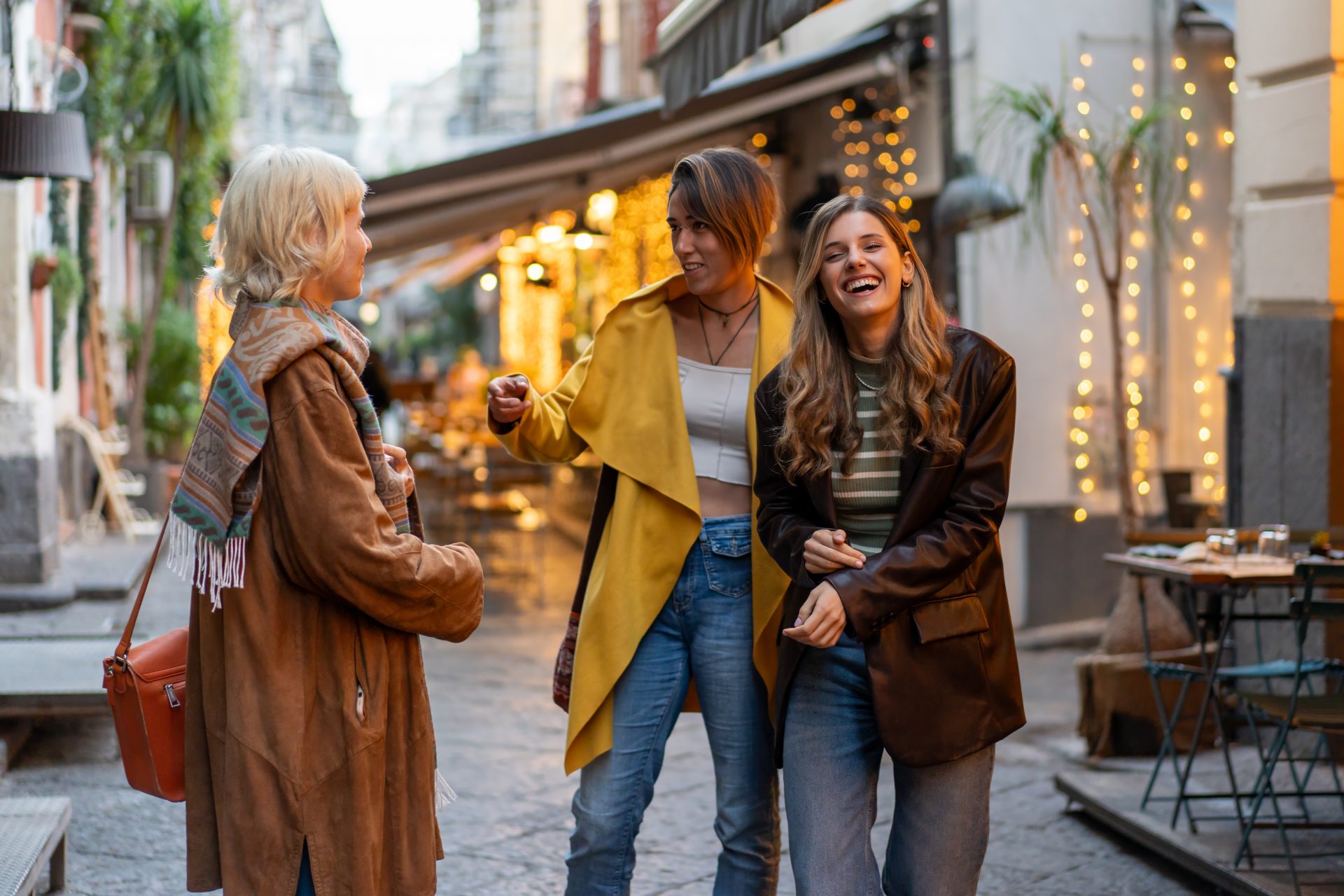



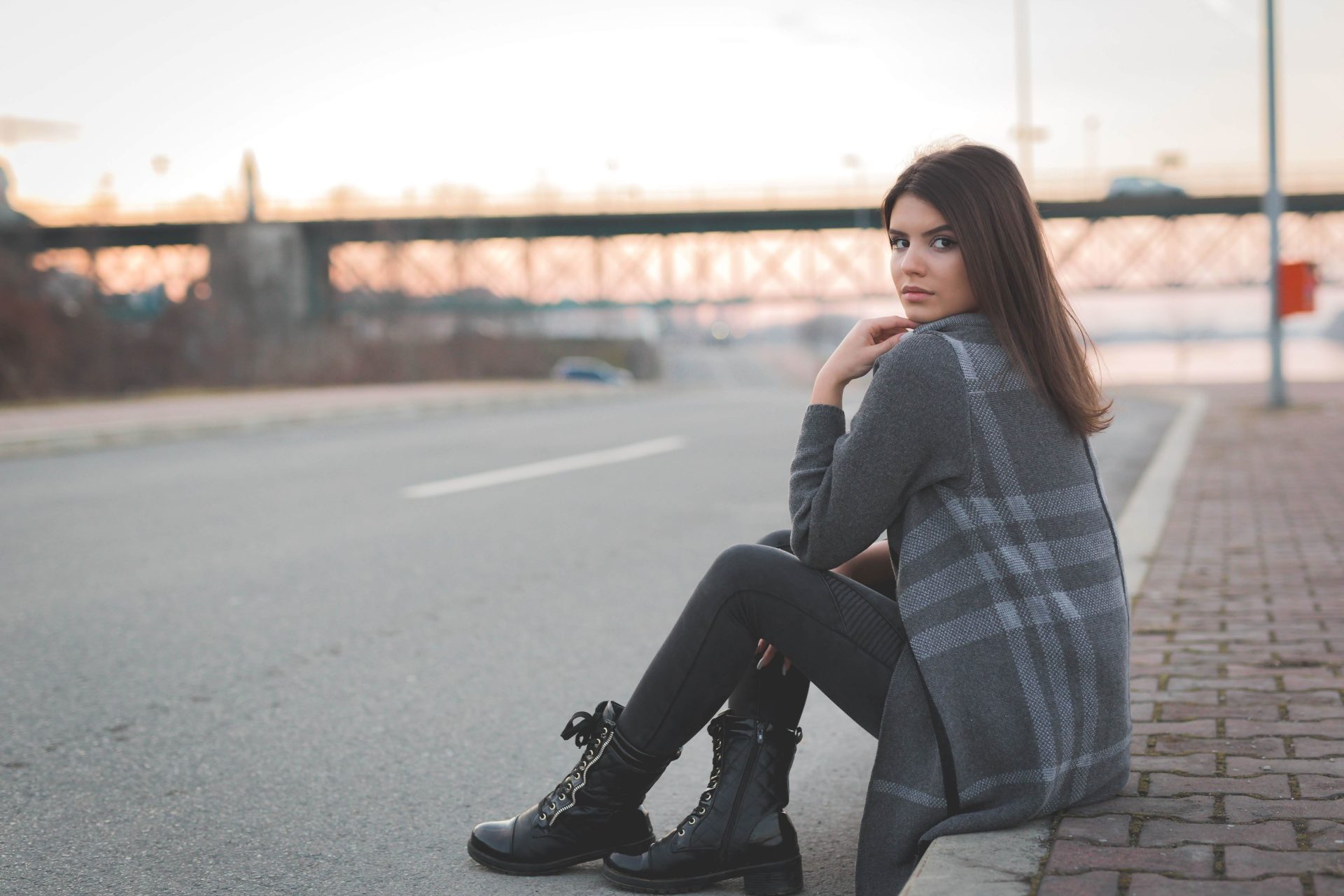
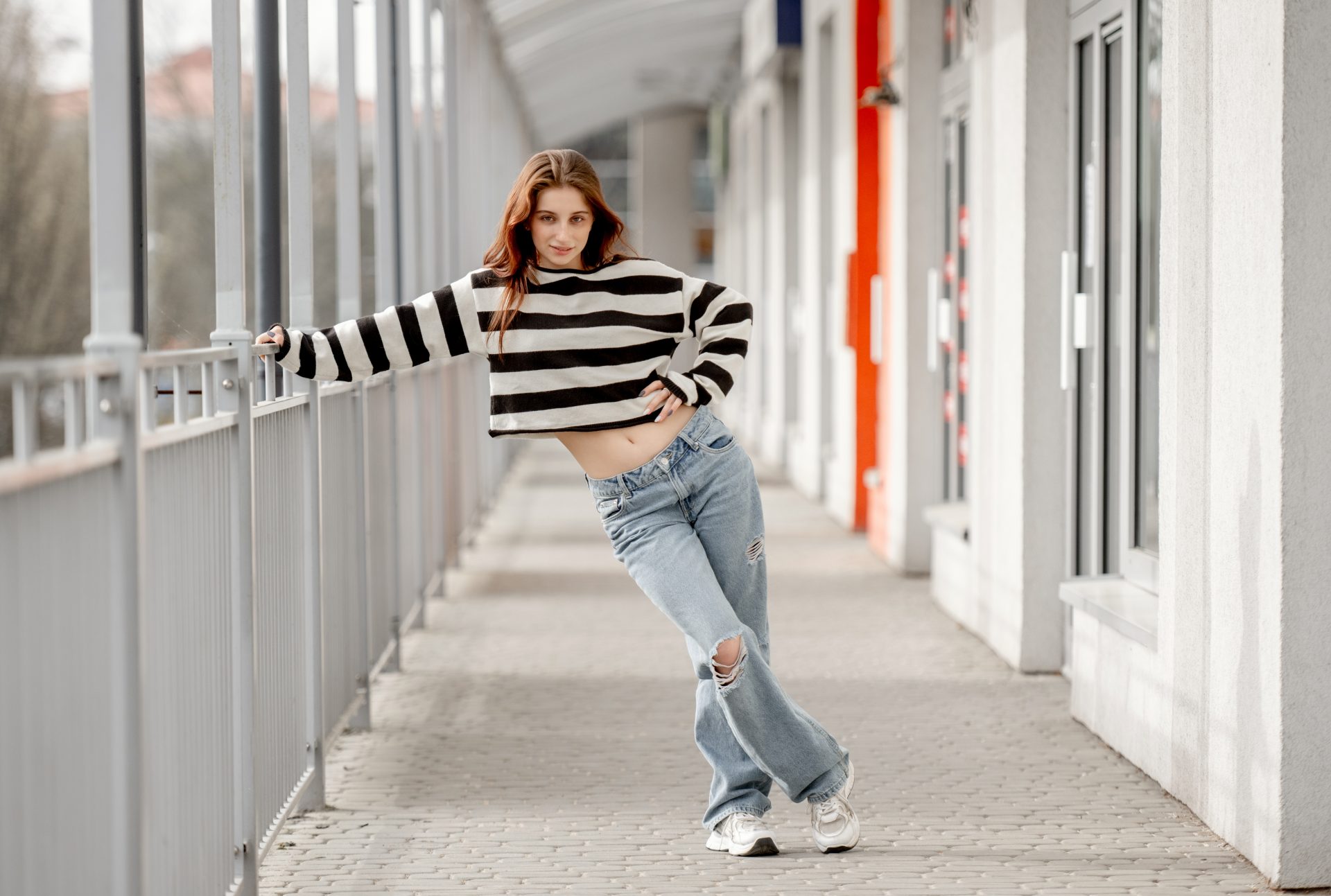
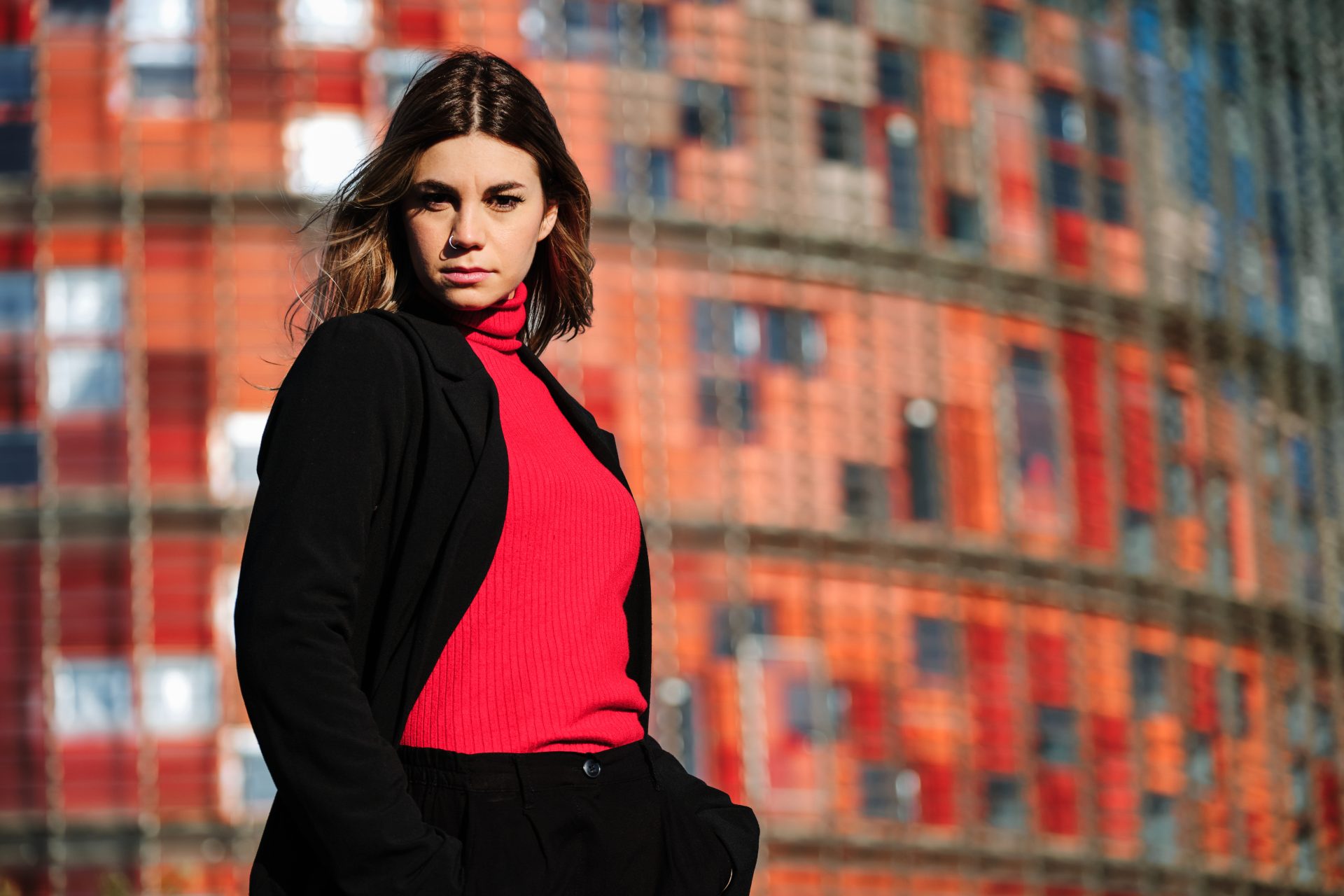
0 Comments